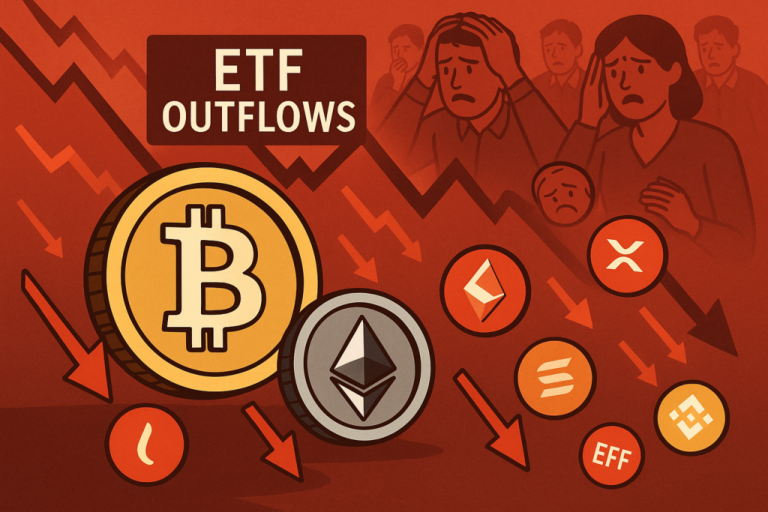
The Rise of Bitcoin Amidst a Volatile Market Landscape
Bitcoin (BTC), the world’s largest cryptocurrency by market capitalization, has recently faced significant pressure, with its price slipping below the pivotal $90,000 mark. This downturn has been exacerbated by macroeconomic uncertainty, including concerns over a government shutdown. To make matters worse, Bitcoin formed a “death cross”—a technical indicator that signals potential further downward momentum. A death cross occurs when the 50-day moving average crosses below the 100-day moving average, often leading to bearish market sentiment.
Charles Hoskinson’s Bullish Case for Bitcoin
Amid these challenges, Charles Hoskinson, co-founder of Ethereum, remains exceptionally optimistic about Bitcoin. Hoskinson predicts that Bitcoin could reach $250,000 by the end of the next year. Speaking to CNBC, he attributed his bullish stance to an unprecedented shift in the crypto market’s structure. Unlike 2021, where retail investors largely drove market peaks, the current landscape features growing participation from institutional players such as BlackRock, Goldman Sachs, and Morgan Stanley, along with increased interest from the U.S. government.
Hoskinson highlighted several factors driving Bitcoin adoption, including the launch of Bitcoin Exchange-Traded Funds (ETFs) and increased integration of blockchain technology into real-world applications. These developments have ushered in a new era of institutional acceptance, significantly strengthening the cryptocurrency’s long-term prospects. In fact, stablecoins—an essential component in the digital economy—have surpassed $250 billion in issuance, with projections indicating that they could reach $1 trillion in market value by 2030.
The Broader Utility of Blockchain
Beyond its application as a financial asset, Bitcoin and related cryptocurrencies are shaping the geopolitical and commercial landscape. Hoskinson pointed out that blockchain technology offers a neutral infrastructure for trade, data exchange, and more, making it indispensable in a world characterized by escalating global tensions. Examples include blockchain-powered solutions for social networks, artificial intelligence, supply chain management, and medical records.
With over 550 million global crypto users—and expectations to surpass 1 billion—the decentralized nature of cryptocurrencies is increasingly becoming a societal backbone. Blockchain enables interoperability and fairness, qualities that have become critical in today’s fragmented world. This fundamental utility, according to Hoskinson, will ultimately help drive the market upward.
Technical Signs of a Potential Recovery
While the recent “death cross” has raised concerns among technical analysts, there are indications that the bearish momentum might not last. Historical patterns suggest that Bitcoin often recovers after similar downturns. Furthermore, once macroeconomic conditions normalize—such as the resolution of the recent 43-day U.S. government shutdown—Bitcoin could regain its upward trajectory.
One metric supporting this optimism is the current stablecoin reserve relative to Bitcoin’s market cap. These reserves are at levels typically seen when new capital is preparing to enter the market. As institutional interest grows and macroeconomic challenges ease into 2026, Bitcoin appears poised to reclaim its bullish trend.
Bitcoin Investment Opportunity
If you are considering entering the crypto market, now may be a strategic time. Platforms like Coinbase (one of the leading cryptocurrency exchanges) offer user-friendly interfaces for purchasing Bitcoin and other cryptocurrencies. Their robust security protocols and diverse offerings make them an excellent choice for beginners and seasoned investors alike.
As Hoskinson concluded, “The current market conditions are reflective of temporary macroeconomic challenges. But long-term fundamentals remain strong as institutional and retail interest continue to grow.” This continued development could push Bitcoin toward the $250,000 mark sooner than skeptics expect.



